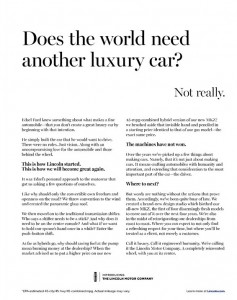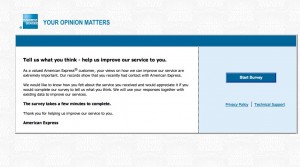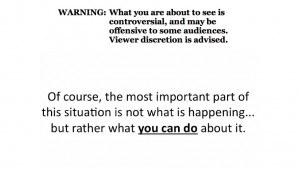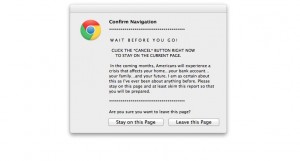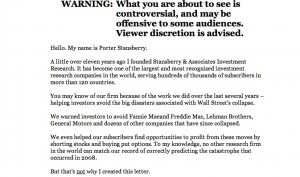I love the new commercial announcing the US Airways/American Air merger. It’s stirring, and poignant, and on-message. Who would have thought that a corporate merger could make your heart swell with pride? They did it with an emotional tug at the appeal of new beginnings… an empty airport becomes filled with promise and we remember that flying used to be romantic and exciting. Here’s the script, as narrated by John Hamm:
It’s time to make a change.
It’s time to become better versions of ourselves.
To be greater than you expected.
And more than you had hoped for.
So starting now, we begin a new chapter.
One written in passion, and skill, ambition, and sweat.
One where two companies take the best of themselves to create something better.
And when all is said and done, we will not only have become a bigger airline
But also something so much greater.
So let’s introduce ourselves to the world…
Not again, but for the very first time.
The new American is arriving.
What’s even better is that the spot was completed on February 12 (per the slate at the beginning), the day before the merger was announced, so it would seem to have been produced in record time. How did they do it? Perhaps it was in the can in anticipation of the event (which had been publicly discussed for several weeks), but I like to think they (McCann Worldwide) quickly threw it together using footage from the recent “Change is in the Air” campaign which debuted last month.
That campaign, by the way, fails for me in the same way this new spot succeeds. All the people stopping what they’re doing to look into the skies seems manipulative and unlikely, and also brings unfortunate echoes of 9/11, especially the peek at the tail of the plane disappearing over the top of the building. The evolution from that campaign to this one is to be applauded. I also like the fact I’ll finally be able to use my AAdvantage miles, since US Airways but not American flies to my local airport. Well done.
